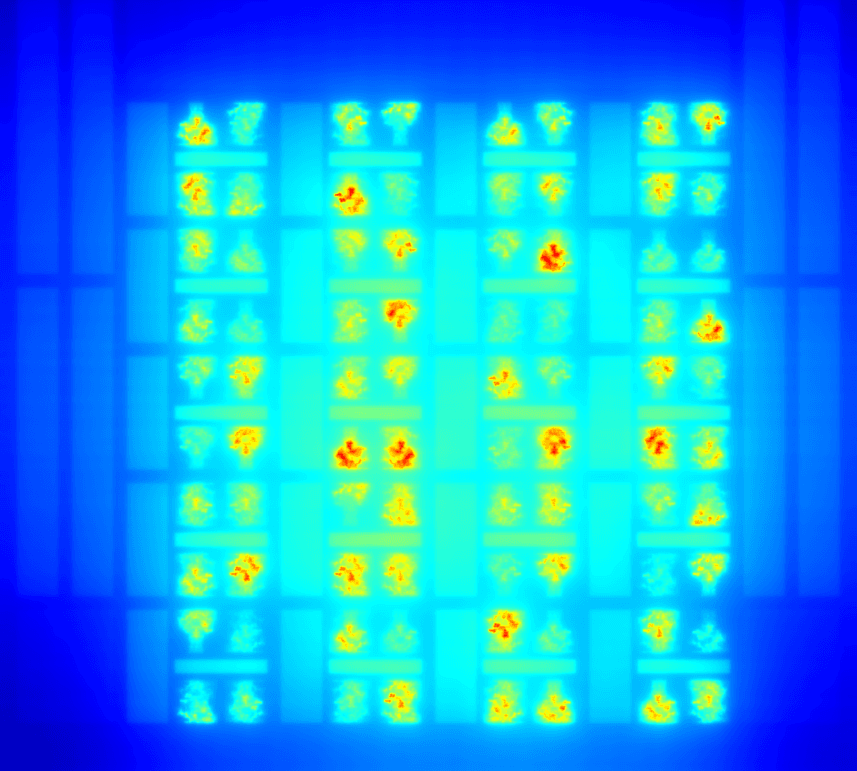Industry 5.0 test facility opens in the harbor
Yesterday, on the 23rd of April 2035, the petrochemical company Clean&Pure opened the very first industry 5.0 test facility in the world at its site in the port of Futureland. Within the designated area, the most advanced technologies are used to make the production and logistics processes even more optimal and safe. Since the introduction of industry 4.0, the complexity on industrial sites has increased enormously. With drones, autonomous vehicles and all kinds of automated processes running in parallel to a high level of human activity. In fact, Clean&Pure not only has to ensure the safety of its own employees, but also that the whereabouts of subcontractors, visitors and suppliers are accurately mapped and harmoniously integrated into the high-tech environment.
The central element of the test facility is a digital twin of the physical site. In this virtual environment, all physical elements are accurately replicated and adjusted in real time according to the dynamic situation. Thanks to various sensors, radar and camera technology, the digital twin can continuously adapt to the real environment. And, where in industry 4.0 this was still one-way traffic, in version 5.0 this can be done in two directions.
The virtual environment can now also be used to instruct and control the people and devices in the physical test facility.
And, thanks to real-time simulations predicting potentially undesirable or risky scenarios, it can also initiate timely action to avoid them. Clean&Pure will be experimenting in the test environment over the next six months and will then roll out the technology across all its sites worldwide.
Patient cured of life-threatening disease that affects only three people worldwide
In the University Hospital of Futureland, a patient has been cured of Hypotheritis, a rare but life-threatening condition. The disease, which affects only three people worldwide, progressively affects the nervous system, causing patients to suffer continuous pain and is ultimately fatal.
The disease is very similar to a number of other conditions and it is thought that a several people have died of Hypotheritis in the past because they did not receive the right treatment in time. However, thanks to the most recent diagnostic support software, the doctors of the UH Futureland were able to give the patient the correct treatment on time. The software, based on artificial intelligence, linked the patient’s personal medical record to a worldwide database of anonymized patient records. It found a dozen matching diseases, and the outcomes of their potential treatments.
From the proposed diagnoses, the doctors were then able to select the right one quickly.
A good example of how human experience and artificial intelligence reinforce each other.
Near collision: self-driving cars get software update
Yesterday, in the center of Future City, a near-collision took place between a self-driving car and a truck. The car suddenly had to avoid a broken branch that had fallen from a tree on the road, started to slip and thereby skimmed past a truck coming from the opposite direction. An exceptional event, as the number of accidents in Future City has been reduced to 1 per month since the introduction of self-driving cars.
The whole scenario was recorded and analyzed by the AI-supported infrastructures in the car and the traffic center.
As a result, all self-driving vehicles on the territory of Future City were given a software update in order to be able to deal with similar situations.
Want to know more?
- This article was inspired by a visionary imec-magazine article from January 2019: Rudy Lauwereins on artificial intelligence, AI takes the guesswork out of being human.

Rudy Lauwereins is vice president at imec responsible for the digital and user-centric solutions unit, which focuses on security, connectivity, image processing, sensor fusion, machine learning, data analytics and on making technology society proof. He is also director of the imec.academy, coordinating external and internal technical training curricula. Rudy is a part-time professor at the KU Leuven (Belgium) and has authored and co-authored more than 400 peer reviewed publications in international journals, books and conference proceedings. He is a fellow of the IEEE.
More about these topics:
Published on:
13 May 2019













